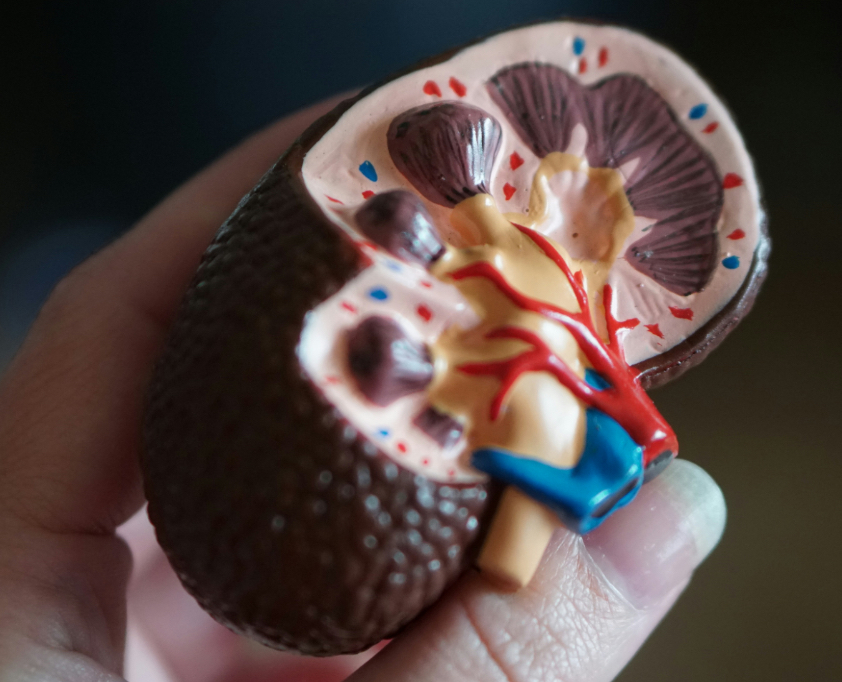Cholestyramine is a bile acid sequestrant used primarily to lower cholesterol levels in the blood, particularly low-density lipoprotein (LDL) cholesterol. It works by binding bile acids in the intestine, preventing their reabsorption, which prompts the liver to use more cholesterol to produce bile acids, thus reducing circulating cholesterol. It’s often prescribed for hypercholesterolemia (high cholesterol) and sometimes to relieve itching caused by partial bile duct obstruction.
Key Points:
- Brand Names: Questran, Prevalite, others.
- Dosage Forms: Powder for oral suspension, typically mixed with water or juice.
- Administration: Taken 1-2 times daily, often before meals. Must be mixed with liquid; never taken dry.
- Common Side Effects: Constipation, bloating, nausea, abdominal discomfort.
- Serious Side Effects: Rare but include intestinal blockage, vitamin deficiencies (A, D, E, K) with long-term use.
- Precautions:
- Not for use in complete bile duct obstruction.
- May interfere with absorption of other medications (e.g., warfarin, thyroid hormones); take other drugs 1 hour before or 4-6 hours after cholestyramine.
- Requires adequate fluid intake to prevent constipation.
- Contraindications: Hypersensitivity to cholestyramine, history of bowel obstruction.
- Pregnancy: Category C; use only if benefits outweigh risks, as it may affect fat-soluble vitamin absorption.
Always follow a healthcare provider’s instructions for dosing and timing to avoid drug interactions.


Leave a Reply